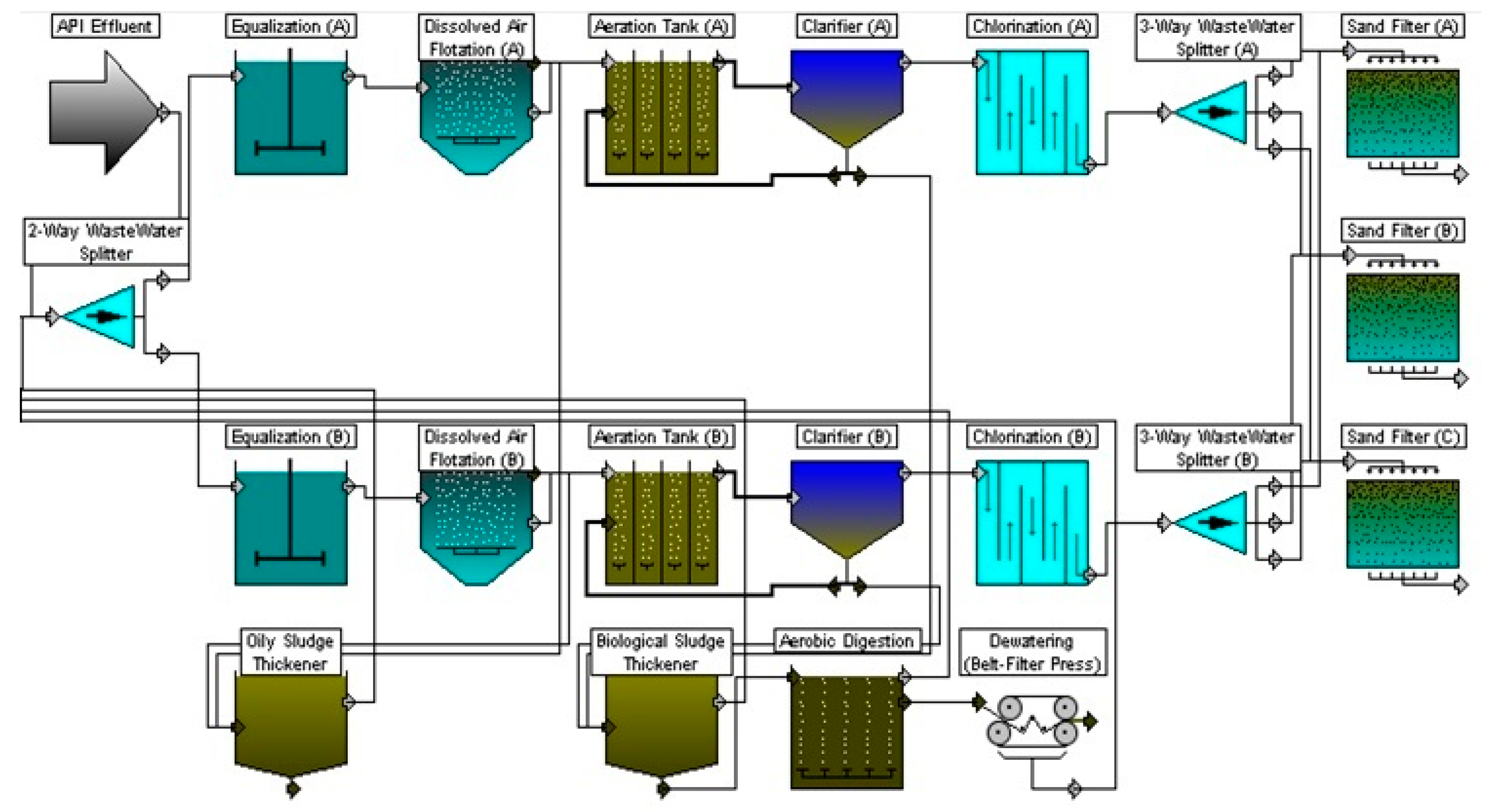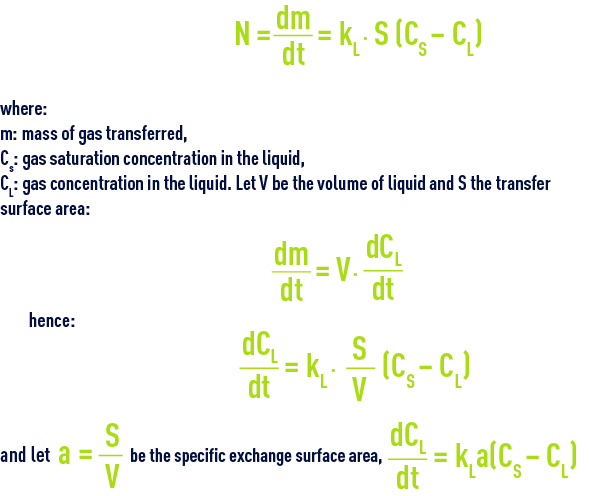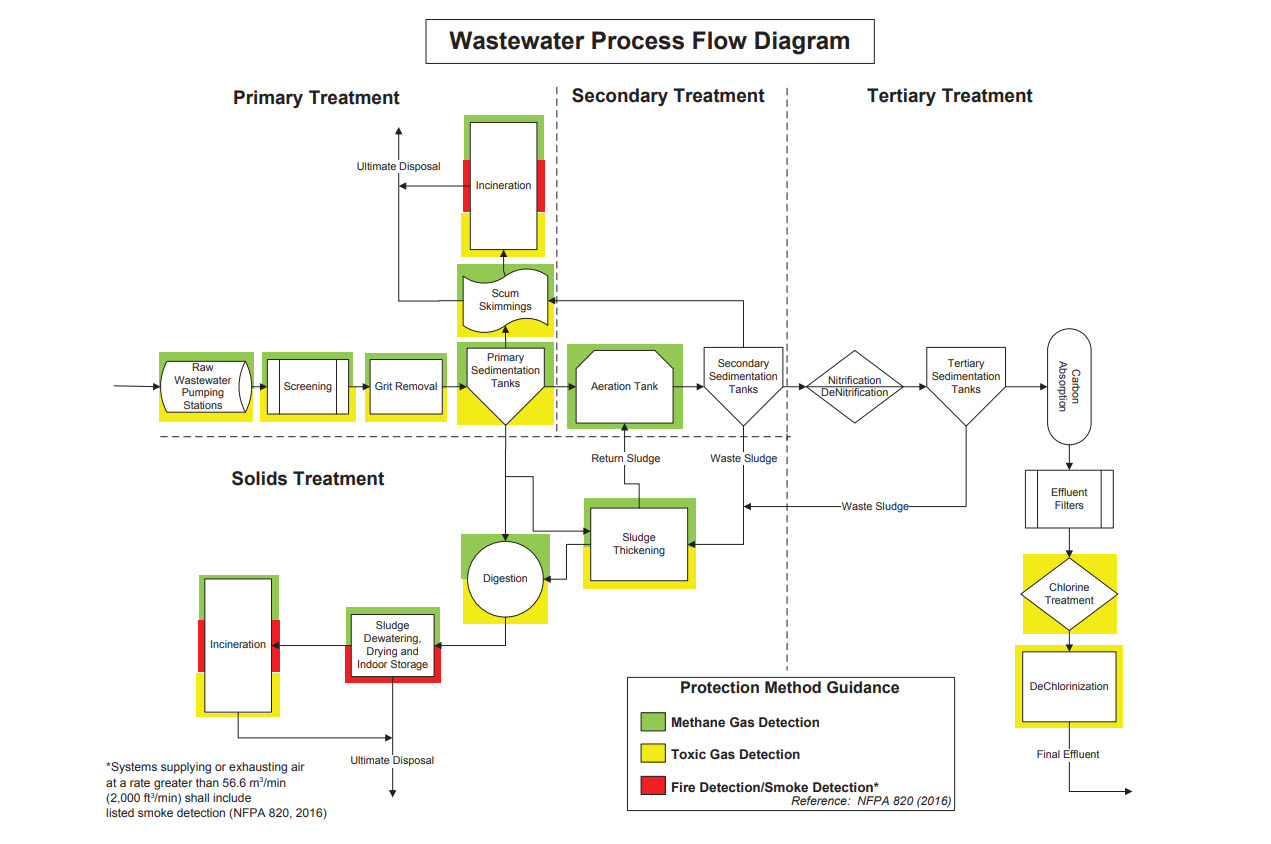To provide for on-lot treatment of wastewater in soils with between 20 and 60 inches of suitable soil available above the limiting zone Pennsylvania has approved the use of elevated sand mounds. Civcon Water Services are the only company in the greater Hunter region to have display units of wastewater and septic systems.

Onsite Wastewater Treatment Systems Septic Tank Soil Absorption Field

Wastewater Treatment By Adsorption Method Onto Microfluidic Synthesized Download Scientific Diagram
Waste Water Treatment For Automotive Industries Parker Engineering Co Ltd
In the wastewater treatment system the removal of biochemical oxygen demand BOD suspended solids nutrients NO 3--N NO 2--N NH 4 -N and PO 4 3--P coliform bacteria and toxicity are the main goal for getting purified wastewaterBOD exploits the ability of microorganisms to oxidize organic material to CO 2 and water using molecular oxygen as an oxidizing agent.

Absorption process in wastewater treatment. These are also referred to as septic systems. The law governs sewage systems that treat and disperse wastewater generally on the lot where it was produced - onsite systems. The wastewater treatment.
Unlike the cesspools on grandpas farm the modern on-site wastewater treatment system or OWTS is an environmentally sound method of wastewater disposal in areas where public sewers are not available. 1The degree to which a method is necessary to raise the waste water quality to a permissible level. In wastewater treatment thickening and dewatering have often been considered as different types of processes.
In fact thickening is a dewatering process. Was in San Antonio Texas in 1901 Gloyna 1971. And 4 The processs environmental compatibility.
2 The control methods flexibility. Some systems promote water reuserecycling evaporation or wastewater uptake by plants. Founded in 2003 as a water treatment reliability and maintenance specialist MAK Water has developed into a leading Australian water treatment systems manufacturer service and maintenance provider offering a wide range of standard and customised water industrial wastewater and sewage treatment solutions to all industry sectors.
While the chemistry of individual ion exchange reactions varies from one application to the next IX is a treatment process where dissolved ions are replaced by other more desirable ions of a similar electrical charge. Edraw pre-defined PID symbols provides a fast and easy way to design piping and instrumentation diagrams and process flow diagrams. The treatment process takes place in a wastewater treatment plant.
Chemical treatment is now considered as a tertiary treatment that can be more broadly defined as treatment of wastewater by a process involving chemical treatment. A series of shallow ponds act as stabilisation lagoons while water hyacinth or duckweed act to accumulate heavy metals and multiple forms of bacteria plankton and algae act to further purify the water. All industrial process waste not defined as domestic wastewater such as process waste from a brewery a winery a dog kennel stormwater etc.
Biological wastewater treatment is a biochemical process that is centuries old. Even today as the quantity of industrial effluents discharged is on the increase and the types of pollutants present in the effluent streams are getting diversified wastewater treatment processes are being investigated and experimented exorbitantly all over the globe. The low organic concentration in the influent are preferred to limit light absorption by.
Using Wastewater Treatment Symbols to Design PID Below are some samples containing PID waste water treatment symbols. Elimination of hazardous chemicals from the water many treatment procedures have been applied. Domestic Wastewater to a Subsurface Soil Absorption System This permit is intended to cover discharge of domestic wastewater into a subsurface soil absorption system.
The following links to state web pages contain information about the advanced technology products approved for use in that state and the product approval process. Efficient removal of these materials will protect the downstream plant and equipment from any possible damage unnecessary wear tear pipe blockages and the accumulation of unwanted material that will interfere with the wastewater treatment process. As currently applied however sludge thickening implies solids concentration with the aim of reducing the.
Wastewater screening is generally classified into either coarse screening or fine screening. Many other wastewater treatment techniques such as. The only Wastewater Display Centre in the Hunter Region.
Various states have approved advanced treatment methods for their decentralized wastewater systems. For customers to look at and understand the process of wastewater treatment. If applicable explain how any detrimental wastes will be segregated from the flow discharging to the absorption system.
The first recorded construction of a pond system in the US. Wastewater treatment is a procedure of removing all the pollutants in the form of organic matter and cleaning domestic water and sewage. The selection of wastewater treatment systems is contingent on a number of factors.
Coagulation and Flocculation in Water and Wastewater Treatment. Box 176 Jefferson City MO 65102-0176 800-361-4827 or. The onsite sewage law covers soil absorption systems serving single or multiple residences or businesses with domestic wastewater flows of 3000 gallons per day or less and lagoons serving a single residence.
Absorption Field Site Evaluation The absorption field has a variety of names including leach field tile field drainfield disposal field and nitrification field. The Smart Water People Unbeatable water treatment solutions. The selection of substrate is the most significant factor as it expressed the absorption and adsorption abilities of metals.
Chemical precipitation neutralization adsorption disinfection chlorine ozone ultraviolet light and ion exchange. For more information contact Missouri Department of Natural Resources Water Protection Program PO. Wastewater to improve the overall performance of CWMs and further to design and optimize the field-scale wetlands treatment process Titah et al 2019.
Water discharged from houses factories or industries is made to enter sewers. A detailed description of the type of facility or process which produces the wastewater and the general nature of the wastewater to be discharged to the subsurface absorption system. And the proposed CCU-enabled wastewater treatment process.
In wetland treatment natural forces chemical physical and solar act together to purify the wastewater thereby achieving wastewater treatment. This article provides an overview of the processes and looks at the latest thinking. 3 The processs cost.
Water is treated with the purpose of reusing the water either by humans or animals or for any other purposes. Wastewater treatment is a process used to remove contaminants from wastewater and convert it into an effluent that can be returned to the water cycleOnce returned to the water cycle the effluent creates an acceptable impact on the environment or is reused for various purposes called water reclamation. Today over 8000 wastewater treatment ponds comprising more than 50 percent of the wastewater treatment facilities in the United States are in place Bastian pers.
The effluent from the septic tank is directed to the absorption field for final treatment. Coagulation and flocculation are an essential part of drinking water treatment as well as wastewater treatment. Ion exchange IX systems are used across a variety of industries for water softening purification and separation purposes.
The facility may consist of a large scale subsurface soil absorption system with a design flow greater than 12000 gallons per day that is approved by the Department of Safety and Professional Services and concurred with by the DNR. The elevated sand mound a constructed mound of sandy fill material placed on top of the 20 to 60 inches of natural or prevailing soil has been shown to provide excellent treatment of effluent. The mostly implemented chemical treatment processes are.

A Review Of The Removal Of Microplastics In Global Wastewater Treatment Plants Characteristics And Mechanisms Sciencedirect

Figure 2 From The Economics Of Wastewater Treatment Decentralization A Techno Economic Evaluation Semantic Scholar
1

7 A Typical Wastewater Treatment Plant Showing The Sequence Of Download Scientific Diagram

Chemengineering Free Full Text Simulation For The Performance And Economic Evaluation Of Conventional Activated Sludge Process Replacing By Sequencing Batch Reactor Technology In A Petroleum Refinery Wastewater Treatment Plant Html

Water Treatment Gas Dissolution Absorption Degremont

Det Tronics Fire And Gas Safety Systems

Wastewater Treatment Wikipedia
